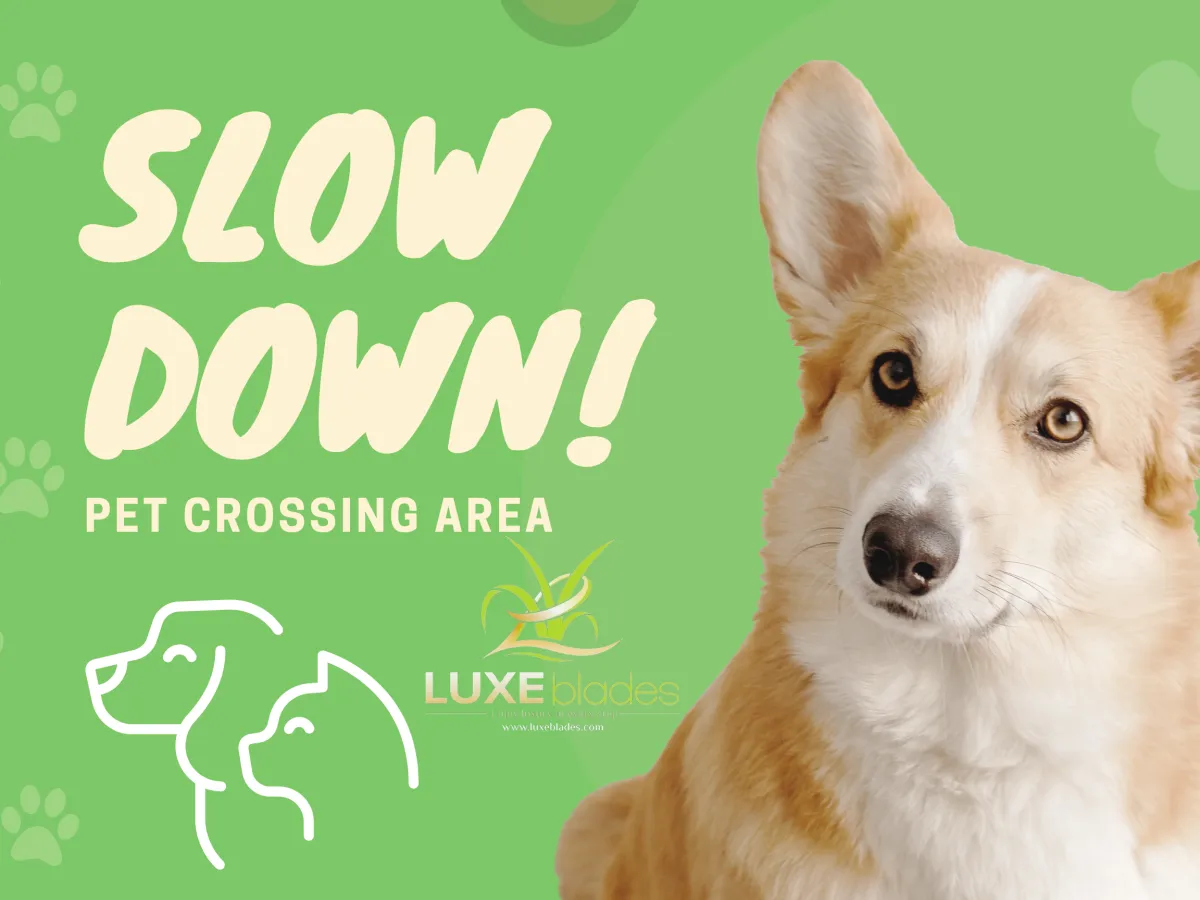972-764-8959
FREE ESTIMATES

blog
CONTACT
TURF TIMES

Can Artificial Grass Affect My Pet's Health?
As more pet owners look for pet-friendly landscaping options, artificial grass has gained popularity. But, many wonder if this synthetic alternative poses any health risks to our furry friends. In this article, we will explore the impact of artificial grass on pet health, addressing common concerns and providing insights to help you make an informed decision.

What is Artificial Grass?
Artificial grass, often referred to as synthetic turf, imitates natural grass both in appearance and feel. This man-made surface is used in various settings, ranging from sports fields to backyards, providing a lush green environment that requires minimal maintenance.
The composition of artificial grass varies, but it is typically made from durable polymers like polyethylene or polypropylene. These materials are designed to withstand wear and tear, making them an attractive option for pet owners who want a resilient lawn solution.
One of the significant advantages of artificial grass is its resistance to brown spots and mud, a common issue with real grass, especially when pets frequent the area. This feature not only enhances the aesthetic appeal but also reduces the amount of dirt tracked into the house.
Moreover, synthetic turf comes in a variety of styles and colors, allowing homeowners to customize their outdoor space. Whether you prefer a lush, vividly green look or a more subdued shade, there's an option for every taste and preference.
Common Concerns About Artificial Grass and Pets
Many pet owners have concerns about the safety of artificial grass for their furry companions. One primary worry is whether the materials used in synthetic turf could be harmful if ingested. It's essential to choose high-quality, non-toxic products to minimize any potential risks.
Another concern is heat retention. Artificial grass can absorb and retain heat, making it uncomfortable for pets during hot weather. It's crucial to monitor outdoor temperatures and provide shade or hydration for your pets, particularly during warmer months.
Additionally, the potential for chemicals in the turf, such as those used in the manufacturing process or infill materials, raises questions. Opting for reputable brands that use pet-safe materials can alleviate many of these concerns, ensuring a safer environment.
Pet owners should also consider how artificial grass can affect pet behavior. For instance, some pets may be tempted to dig or chew on the turf, which could lead to accidents or ingesting materials that may not be safe.
Is Artificial Grass Safe for Pets?
When installed correctly and comprised of high-quality materials, artificial grass can be safe for pets. Reputable manufacturers take extra steps to ensure that their products are non-toxic and free from harmful chemicals, which helps address many pet owners' fears.
Moreover, artificial grass provides a clean and hygienic surface for pets. Unlike natural grass, it doesn't host pests like ticks or fleas, reducing the chances of your pets picking up unwanted parasites during playtime.
Regular cleaning can further enhance the safety of artificial grass for pets. Pet waste can be easily rinsed away with a hose or cleaned with specialized solutions that are pet-friendly. This maintenance not only keeps the surface fresh but also assures pet owners of a healthy environment.
In summary, artificial grass can be considered safe for pets when proper precautions are taken. Choosing high-quality products, maintaining cleanliness, and monitoring your pets' behavior can create an enjoyable outdoor space that poses minimal risks.
How Does Temperature Affect Artificial Grass for Pets?
Temperature is a significant factor when it comes to artificial grass and pets. During hot weather, synthetic turf can become quite hot, sometimes exceeding comfortable temperatures for pets' paws. It's advisable to be cautious and test the surface before allowing your pets to play on it.
Additionally, it's vital to provide adequate shade and water for your pets, especially in extreme heat. Just like humans, pets can become overheated, leading to potential health risks. Always ensure that they have a cool, shady area to relax when temperatures rise.
On cooler days, however, artificial grass can provide a comfortable surface for outdoor activities. Pets typically enjoy rolling, playing, and lounging on the turf, making it an inviting space regardless of the season.
To mitigate heat issues, many pet owners choose to incorporate cooling measures, such as spraying the turf with water before letting pets play or opting for infill materials that reflect heat. These adjustments can make a significant difference in creating a comfortable environment year-round.
Maintaining Artificial Grass for Pet Health
Proper maintenance of artificial grass is critical for ensuring the health and safety of your pets. Regular cleaning routines should include rinsing down the turf to eliminate pet waste, dirt, and debris. This not only keeps the grass looking great but also helps to prevent unpleasant odors.
Moreover, be mindful of sharp objects or debris that may accumulate on the surface. Periodic checks can help you identify any potential hazards that could harm your pets during playtime. Ultimately, a clean and well-maintained surface contributes to your pets' overall health.
Using pet-safe cleaning agents is also crucial. Many products available on the market effectively clean synthetic turf without posing any threats to your pets' health. Always read labels to select the safest options.
Finally, consider consulting with professionals for the installation and maintenance of artificial grass. They can offer insights and tricks to keep the surface in top shape, ensuring that it remains a safe and enjoyable area for your pets.
Final Thoughts on Artificial Grass and Pet Health
In conclusion, while artificial grass can offer a safe and enjoyable environment for your pets, it's essential to consider factors like material quality, temperature, and maintenance practices. By being mindful of these aspects, you can create a comfortable outdoor space that keeps your pets happy and healthy.

